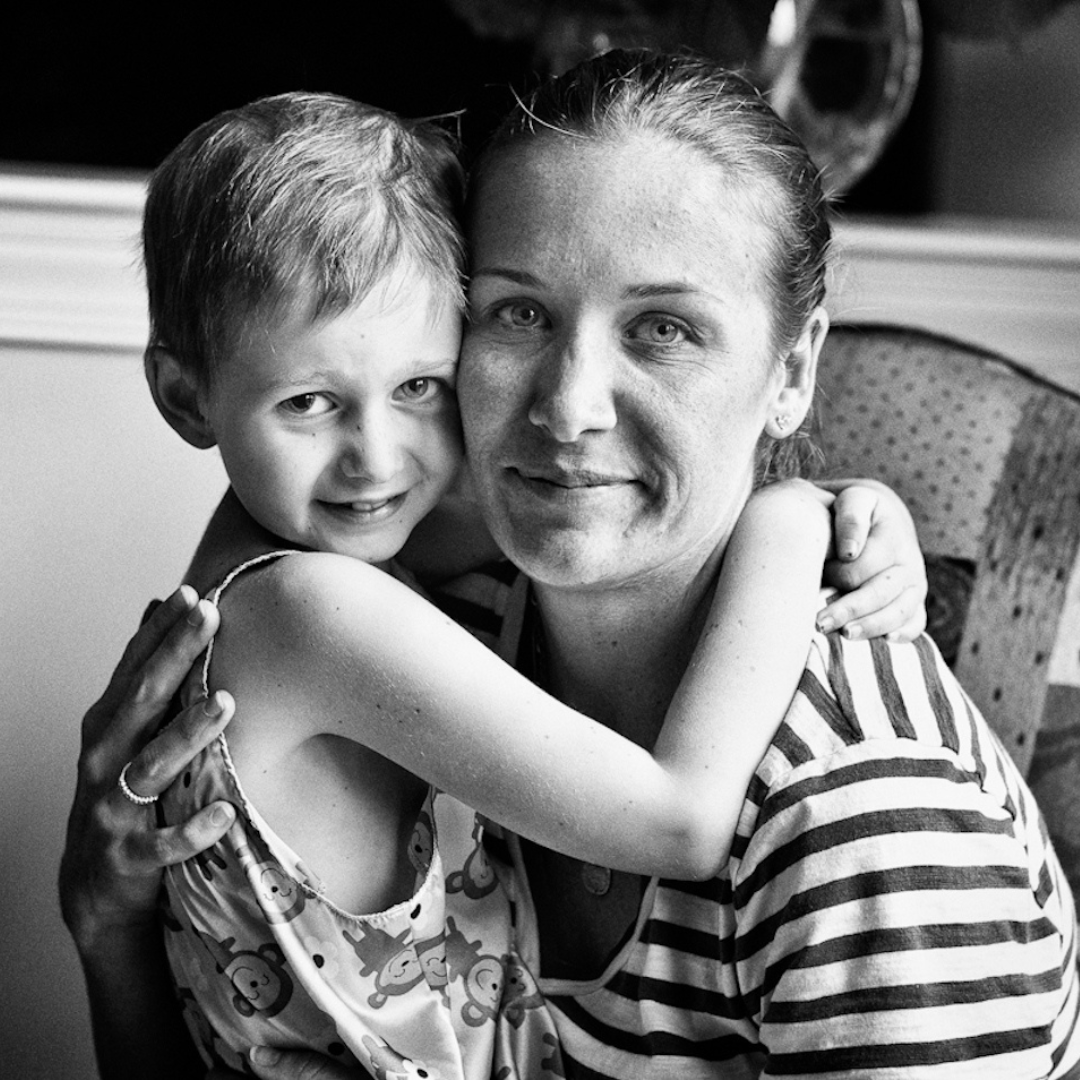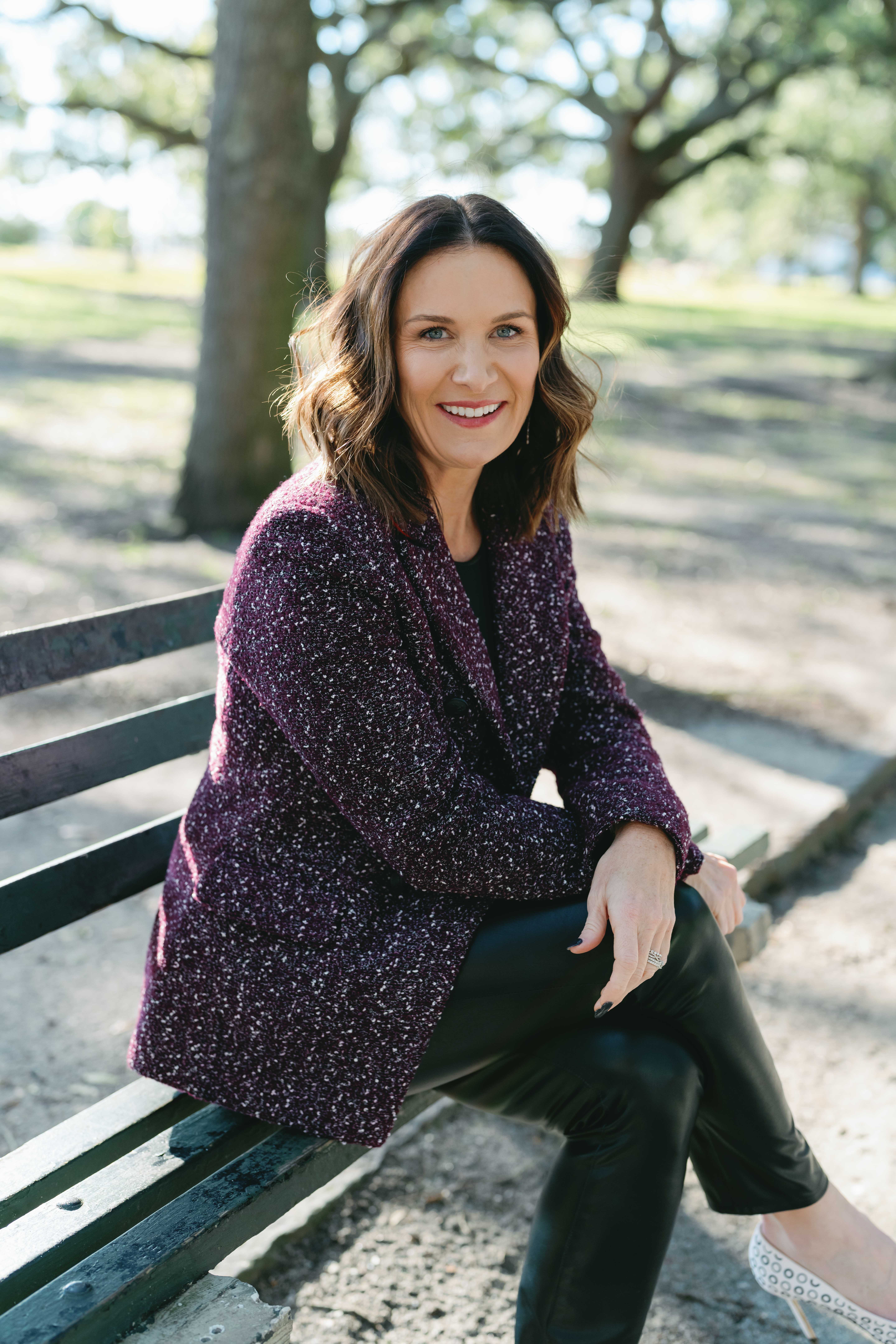Our Story
The ISF Difference
Advocating for rare causes and diseases isn’t just about championing the obscure. It’s about recognizing that it’s only perceived as rare until it becomes personal – until it’s your child, your family, your friend or yourself.
By uniting to support rare causes, we acknowledge the interconnectedness of humanity and the importance of standing together in the face of adversity, no matter how uncommon the challenges may seem.
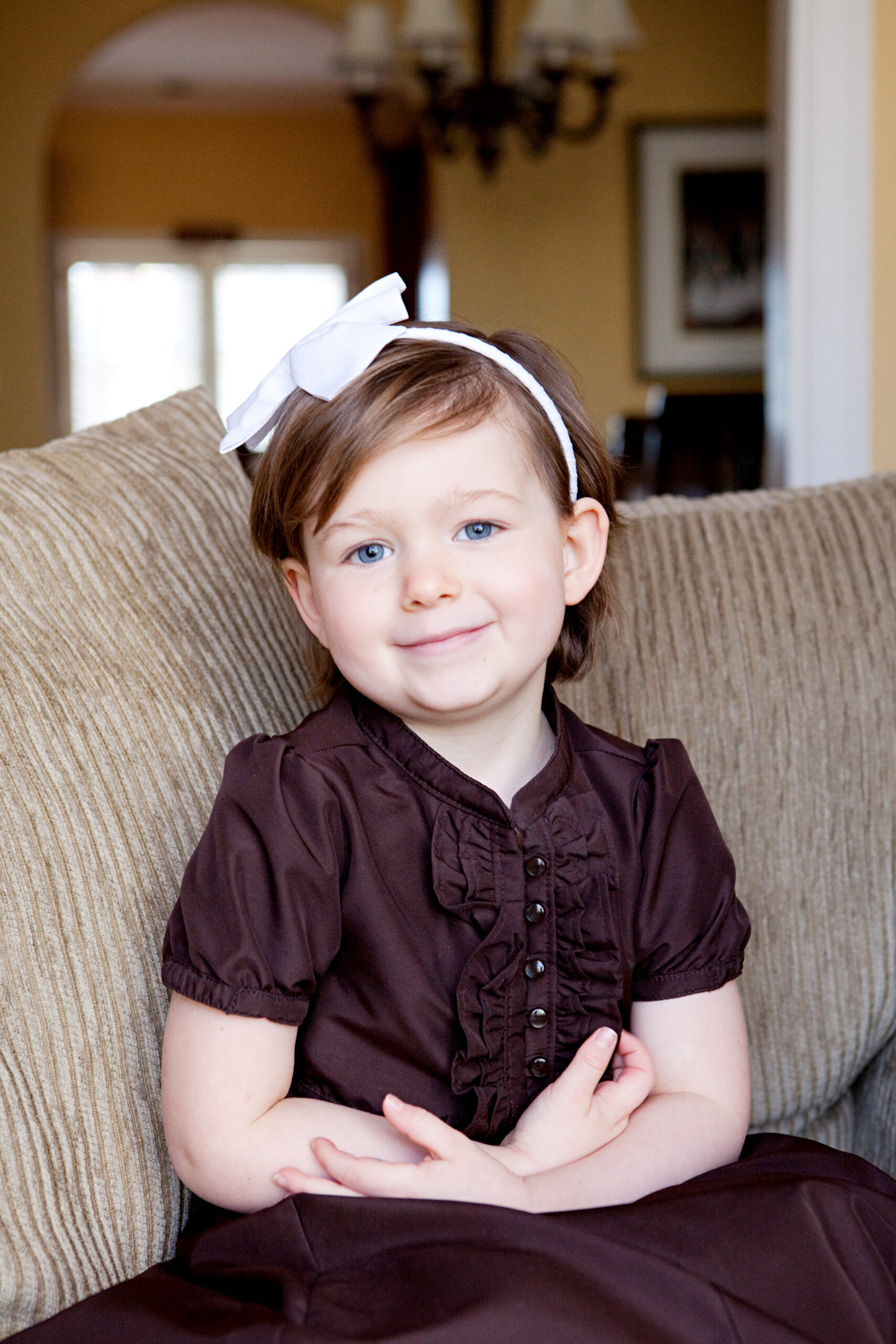
Isabella’s Legacy
On March 9, 2005, Isabella came into the world, bringing joy and brightness to her family. From the start, Isabella displayed boldness, outgoing charm and a radiant presence that captivated those around her. However, life took an unexpected turn when Isabella, at just two years old, began experiencing unusual pains and discomfort.
A devastating diagnosis followed: Isabella had Stage 4 high-risk Neuroblastoma, a rare pediatric cancer with a survival rate of only 40%. Driven by love and determination, her mother, Erin Santos-Primis, became Isabella’s fiercest advocate, tirelessly researching treatment options and challenging conventional approaches.
Turning Pain Into Purpose
In 2007, Isabella’s family founded the Isabella Santos Foundation, embarking on a mission to raise awareness and funds for pediatric cancer research and support.
The organization’s contributions have led to tangible outcomes, funding groundbreaking research initiatives and providing crucial support to families affected by pediatric cancer.
A notable example is ISF’s partnership with Levine Children’s Hospital in Charlotte, which has established critical programs and therapies for young cancer patients.
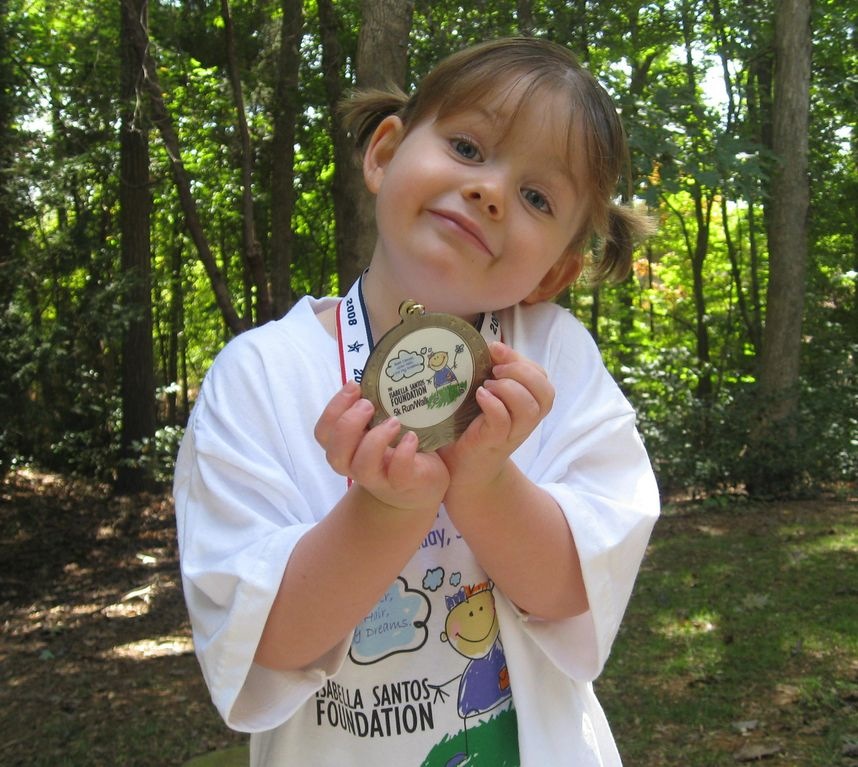
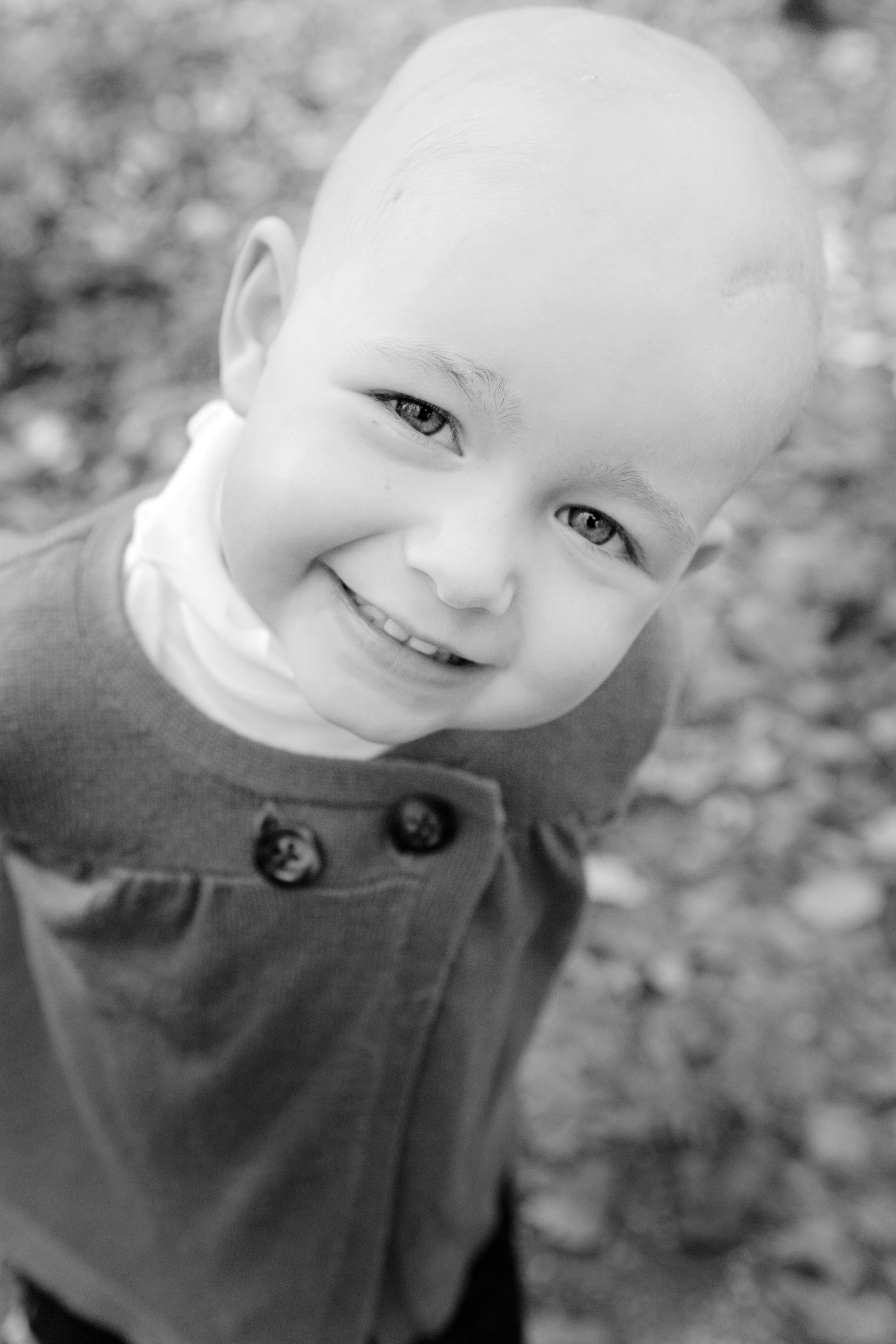
A Force For Change
Tragically, despite Isabella’s courageous fight and countless treatments, she passed away on June 28, 2012, at the tender age of seven. She took her last breath at home with her parents by her side.
With a steadfast commitment to staying true to Isabella’s dream of a world with “No More Cancer,” the foundation continues fighting in her name to provide transformational outcomes for all rare cancer warriors.
The enduring presence of Isabella’s spirit continues to inspire and uplift those who are part of ISF and the broader community we serve.
Her legacy, fueled by the dedication and passion of those who carry it forward, will undoubtedly reach heights, serving as a guiding light for others to follow in the ongoing fight against pediatric cancer.
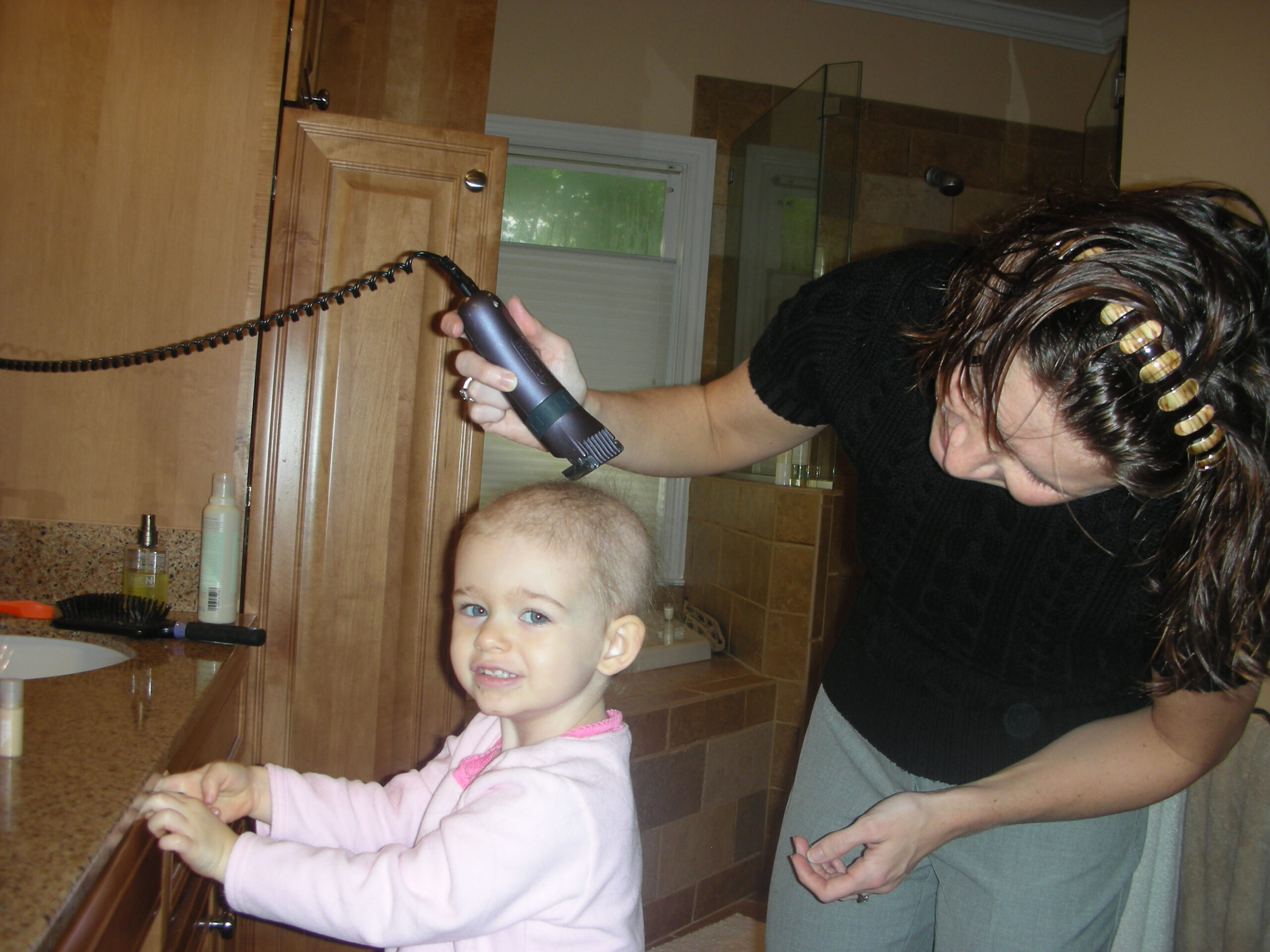
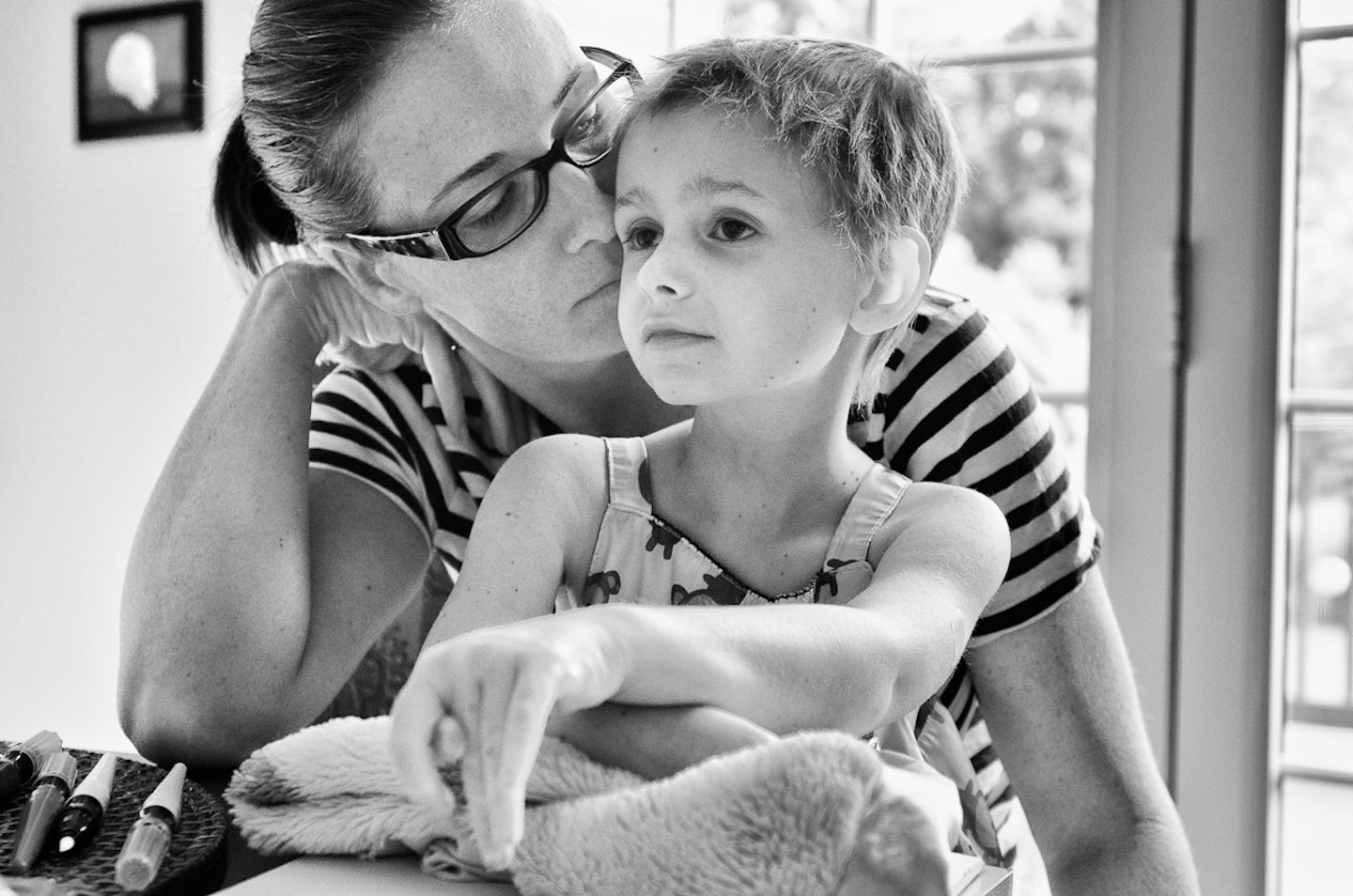
A mother’s love knows no limits.
Watching families struggle, just like me, to find treatment options for their children and trying to navigate the massive gaps in research and funding for clinical trials was torturous. I felt so strongly that just because a child’s cancer is rare shouldn’t mean they have limited opportunity for survival — which is why, amid my own daughter’s fight, I felt compelled to start ISF.
For many, the reality of pediatric cancer may be unimaginable, but it’s becoming more and more common with little advancements in new treatment options. By collaborating with medical experts and generating more awareness among our communities, we aim to create a platform that advocates for these families and offers a brighter future for all the Isabellas out there.
No parent should feel alone in facing their child’s cancer diagnosis, and organizations like ISF play a crucial role in ensuring that they don’t have to.
– Erin Santos-Primis












